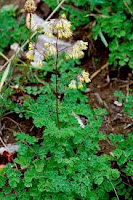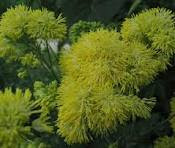TIBIG, WILD PHILIPPINO FIG TREE, FICUS NOTA
Tibig is the name of this tree in the Philippines, to which it is native; it is also a native of Borneo. It has been introduced to the Hawaiian Islands where it has been cultivated, but it is now seen as an invasive species on some islands. In the Philippines Tibig trees are being planted so that they do not become threatened.
Tibig is a member of the Ficus genus making it a close relation of the European fig, the tropical fig (Ficus septica), and of course the wild Punjabi fig. It is also related to the peepal tree and the bohar or banyan.As a member of the Moraceae family of plants it is related more distantly to the mulberry and Shahtoot mulberry, the toothbrush or sandpaper tree and to jackfruit.
 It is a useful tree as it can be used as hedging as a living fence and because it is a fast-growing evergreen, it is a useful nurse tree for saplings. This tree can grow to 20 metres tall in its native habitat, although they usually grow to around half this size, and is a pioneer species used for reforestation.
It is a useful tree as it can be used as hedging as a living fence and because it is a fast-growing evergreen, it is a useful nurse tree for saplings. This tree can grow to 20 metres tall in its native habitat, although they usually grow to around half this size, and is a pioneer species used for reforestation. The fruit grows on short stems from the branches and stem of the tree, and is edible, although reportedly the figs are eaten with sugar. The tree is used for firewood and for making charcoal and is also used medicinally in the Philippines. Its white flowers are very small and hard to see.
When the stem or trunk is cut watery sap exudes from it which is potable, and this is drunk three times a day for fevers, or applied to relieve muscle pains. It would seem that the fruit is not used medicinally, although, no doubt it has laxative properties as do other figs.














